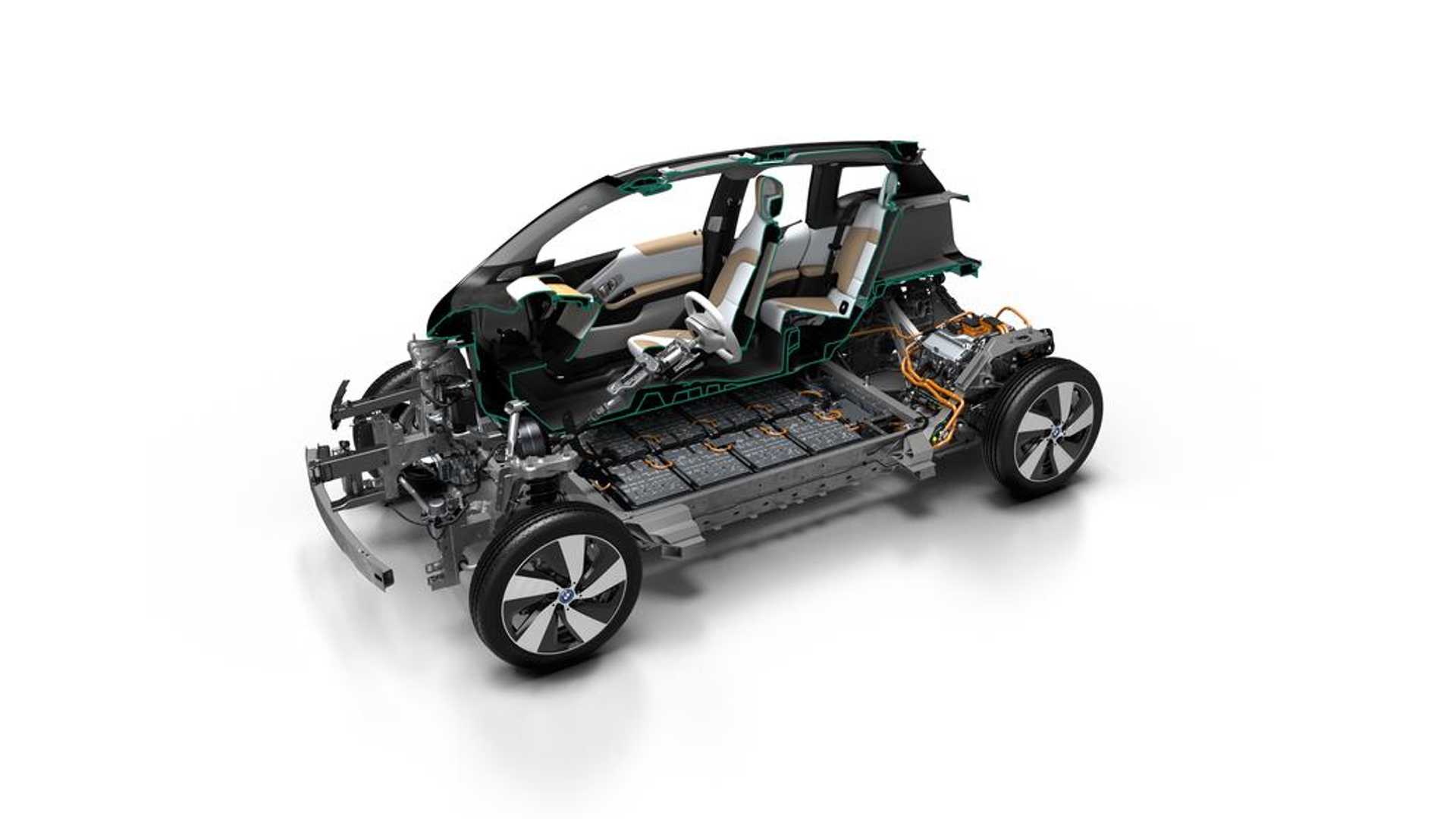This time we won’t answer with a generic “it depends”, but we’ll go straight to the point: Yes, it is. The British SMMT (Society of Motor Manufacturers and Traders) calculated that the average expense for every driver would drop by 70 percent if every British car is going to be full-electric.
This incredible difference in cost is because electric cars are extremely less complex than petrol and diesel cars, mechanically speaking.
If you think about it, an electric car is made by a pack of batteries, one or more electric motor that converts electric energy in kinetic energy and a traction system. No turboprops, no cylinders, no consumable parts, no fluids.
Sadly, for now, car manufacturers are keeping list prices for electric cars service extremely similar to the ones for petrol cars, with small discounts of about 20-25 percent.
But, your service repairs will never be as expensive as you’d think, because you will never have to replace oil filters, cambelts or other wear and tear parts.
Tesla Service Repairs Costs
Let’s take a Tesla Model S, for example. Starting in 2019, Tesla has decided to not recommend anymore yearly check-ups, but it only recommends particular services exactly when you need them.
Here is a table that includes most of the common maintenance services:
| Service | Cost |
| Tire rotation | From $35 to $100 |
| Air Filter | From $60 to $200 |
| Wiper blades | From $20 to $50 |
| Full Service (Batteries and motor inspection included) | About $500 |
| Brake System Flush | From $100 to $110 |
| A/C | $50 |
Let’s not count the tire rotation (which you can do anywhere at lower costs) and let’s say that you want to completely check your car every 2 years. Additionally, let’s say that you want to flush your brake system and replenish you’re A/C after three years.
Therefore, in the first five years, you’ll spend:
- $0 for the first year
- $500 (€445) for the second year
- About $150 (€130) for the third year
- $500 (€445) for the fourth year
- $0 for the fifth year
The total expense is going to be $1,150 (€1,020), which is pretty damn low (I recently sold a petrol Mazda 3 and I remember its maintenance cost to be about €300 per year).
Moreover, you’ll have the flexibility to service your car whenever you want (always check what the company suggests), if something bad happens to your wallet.
Even repair costs are lower than expected. Let’s examine our Tesla Model S once more and let’s check the price for the most common mechanical fixes:
| Repair | Cost |
| Brake calipers | From $350 to $600 |
| Oxygen Sensor | From $270 to $440 |
| Window Motor regulator (yup…) | From $590 to $850 |
| Wheel Bearings | From $320 to $390 |
Not bad for a premium, ultra-fast car.
Maybe now you’re asking yourself: if electric cars don’t need mechanical maintenance, why should I bring it to service?
Even this question has a simple answer: to check on the status of the batteries and electric motor. Electric cars are indeed mechanically simple, but those few elements are extremely important.
If your electric car’s battery breaks down, you’re due for a large expense. Batteries performance won’t last forever, so it’s important to check them frequently to find out when to replace them.
Before you go, be careful to service your car only to garages that are qualified to work with electric and hybrid cars (they are extremely few at the moment, so it’s always better to contact your dealership).

